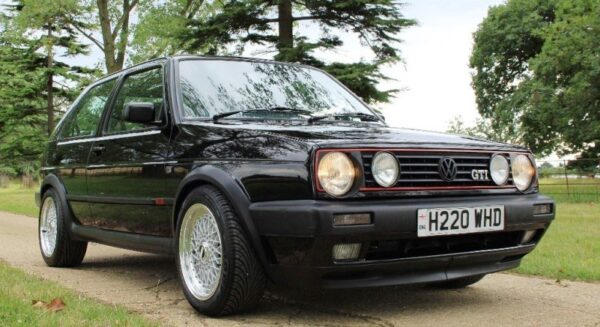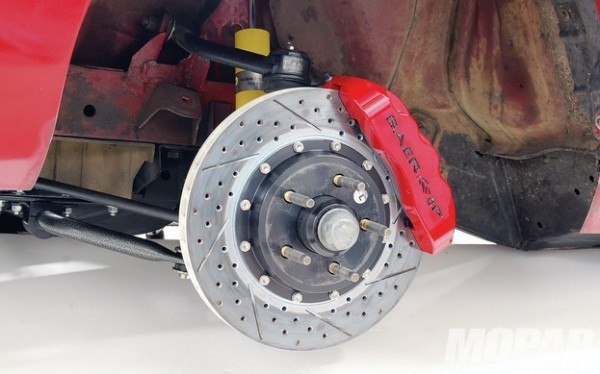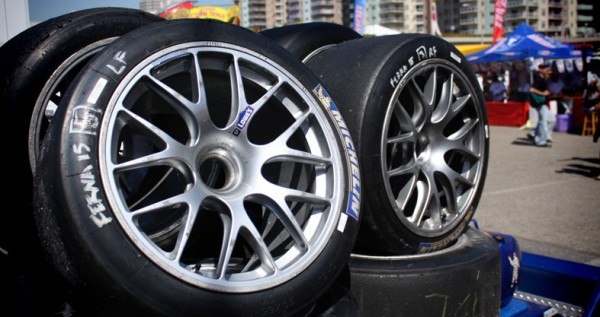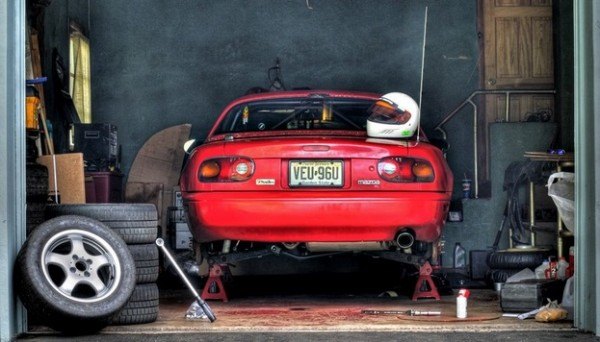How much cash do you need to splash to successfully tear up the racetrack? Lots of people will answer with the obvious: tons. From the car itself to the necessary gear to the insurance to the track babes, racing is a seriously expensive hobby, right?
Wrong. In fact, with a little know how and petrol-headed prudence, you can buy and prepare a track car for under a grand and a half. I kid you not. And no, you won’t have to remortgage your homestead, sell your sacred soul, or attack your savings account with a sledge hammer. Here’s how…
The Car
First things first people: you don’t need the sickest car in the world just to burn a bit of rubber. I mean come on; you aren’t Schumacher. Step away from the Ferrari FXX. If you’ve never had track experience before, spending nine figures on a high-powered sports car is the first mistake track newbies make. These babies are hard to handle and bruise easily. It’s wise to start small.
Plenty of old cars can still hold their own against much faster and more expensive machinery – and they can be had for under $2000! Modified or classic car insurance doesn’t need to cost the Earth and the key is to choose something light, small and uncomplicated. Small engine ‘hot hatchbacks’ are the cars of choice as they tick all the above boxes and handle like go-karts. Remember, the real fun in track-driving is found in the corners. Clipping the apex. Drifting. Anyone can drive fast in a straight line!
Here are two popular options. Both can be bought for under $2000:
Honda CRX Si
The mother of hot hatches before hot hatches were cool. The Honda CRX – a smaller, lighter, two-seater version of the popular Civic – is still burning up pavement at racetracks today.
You’ll want to shoot for the second generation CRX, which was restyled and given a new chassis, more power, and a fully independent wishbone suspension for 1988. Of course you’ll want to opt for the Si trim level, whose engine was upgraded to a 1.6-liter, 108 hp inline-4. If you’re outside the US, you’re lucky enough to have the option of the VTEC engine, which produces 150 hp in Europe and 157 hp for the JDM “SiR” model.
With the CRX you can have a blast on the track and still get 60+ MPG on the street. You might have to look hard to find a decent example for $1000; they’re highly desirable, but they’re out there.
Mk2 VW Golf GTi
The Golf GTi is one of the most successful hot hatches of all time, with the Mk2 being arguably the best of the bunch among enthusiasts. Precise handling, great reliability and impressive performance from its 1.8 16v engine (137 hp) made the Mk2 probably the best GTi variant ever produced.
When choosing a Mk2 Golf GTi, try and go for the non-catalyst version which produces 137 hp (as opposed to the cat version that sapped some power down to 127).
Preparation
Track driving puts far greater strain on a car’s components than road driving. This needs to be taken into account when preparing your car. Check and upgrade brakes, tires and restraints. A well maintained car will not only be faster around a racetrack but will also make death less of an option.
Braking System
Due to the excessive heat build-up that occurs during track driving, upgrading your old and tired braking system is a must for any track car. However, this does not necessarily mean buying a big brake kit for hundreds or thousands of dollars.
By upgrading the brake fluid to a racing DOT4 or DOT5, you increase the temperature at which the fluid boils, meaning the braking system can take more heat before brake fade occurs.
Additionally, changing the brake pads for racing pad compound will reduce the chances of brake fade by increasing the maximum operating temperature.
Racing brake fluid: $20
Racing compound brake pads: $60/pair (ex: Hawk HPS Brake Pads)
Tires
It’s very important that you select the correct tires for your track car. After all, they’re the only part of the car that comes into contact with the road (hopefully!) Normal road tires aren’t designed to take the stresses and heat of track driving, so buy a sport or track compound and tread pattern. If this is your daily driver as well, buy a good mix between hard and soft compound.
Tires: $300-500
Weight saving
Removing weight from your car is by far the easiest and cheapest way to improve performance, handling, braking, and all-round balance. For a pure track car, everything that isn’t absolutely necessary to drive the car should be removed: interior, rear seats, spare wheel, stereo system…bin the lot!
Cost: free!
Servicing
Many people wrongly believe that by adding bolt-on air filters and big bore exhausts, you will release more power from your engine. Although this may be true for some (especially forced induction) cars, naturally aspirated cars are much harder and much more expensive to tune for massive gain.
Instead of trying to add power with expensive mods, make sure the stock engine is running as efficiently as possible by giving it a good old-fashioned service. Lost power can be clawed back by simply changing the spark plugs and engine oil, and making sure the car can properly breathe.
Spark plugs: $20-80 (ex: CR-X Pulstar Performance Series Spark Plugs – you don’t have to go this expensive)
Spark plug wires: $30-60
Air filter: $10-40 (it’s worth getting a high-flow filter like K&N)
Engine oil and filter: $30-50 (get a good filter like the K&N Wrench-Off Oil Filters and a good oil like Royal Purple.)
Safety
Now the car is setup and safe, it’s time to think about your own personal safety. Most track day companies will offer helmet hire for around $10 per day, however an entry-level helmet can be bought new for $75 or second-hand for as low as $20 (edit: some readers have correctly pointed out that it’s not particularly wise to buy a second hand helmet – it’s one of those things worth spending some extra money on.) Additionally, a racing harness is recommended; however, this should be professionally installed as improper installation can be hazardous.
Racing harness: $100 (approx.)
Helmet: $60+ or $10 to hire
Oh, and you might want to get your car thoroughly inspected by a reliable mechanic to make sure it’s safe to take on the track, too. But you already did that, didn’t you?
Now What?
And there you have it, a car fit for the race track for under $2500. Who knew?
If you have a little extra cash sitting around after this, you can go in any direction to make your car a track monster. Upgrade the suspension, get racing seats to further reduce weight, add a better intake and exhaust…you have a thousand options. Check out forums for your specific car for suggestions.
To get started, we recommend checking out any local forums or associations like SCCA to see where the local Autocross events are taking place. For $15-30 a day, Autocross is the cheapest way to get into racing and a great way to get to know your car. From there, you’ll make contacts and meet people that can help take it a step further when you’re ready.
Let us know if you have any more money-saving track tips and remember, drive safe!








